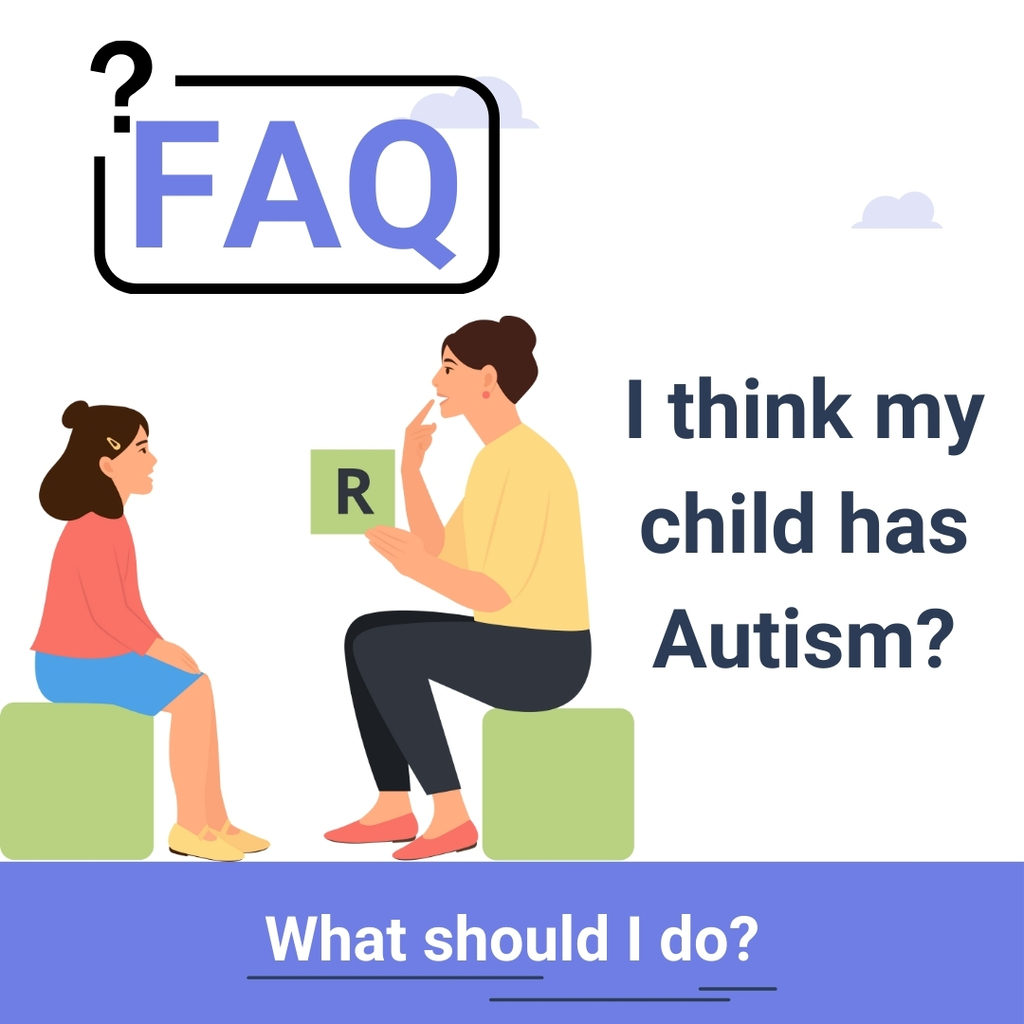It can affect an individual in only one sense or multiple senses. A child with Sensory Integration Disorder (SID) might overreact to sensations and find light, sound, contact, or food to be unbearable. It also causes an individual not to react to stimuli (e.g., not reacting to loud sounds).
In children whose sensory processing of messages from the muscles and joints are impaired, posture and motor skills can be affected. Some other children crave for more sensations. Those kids are often misdiagnosed and inappropriately medicated for ADHD.







